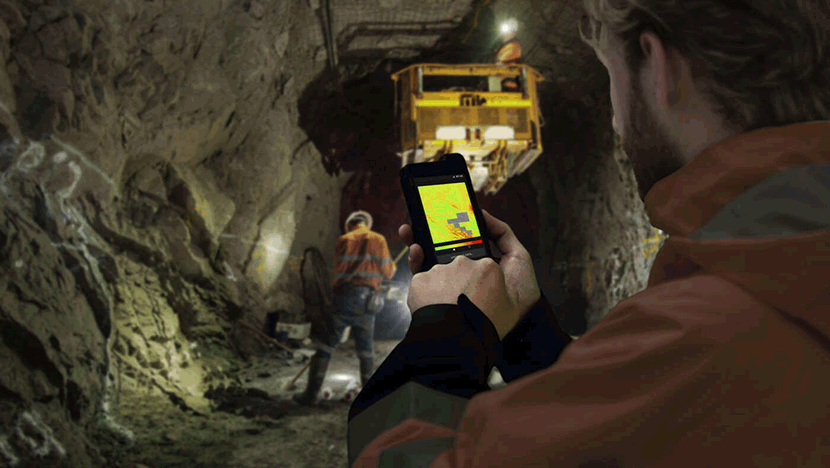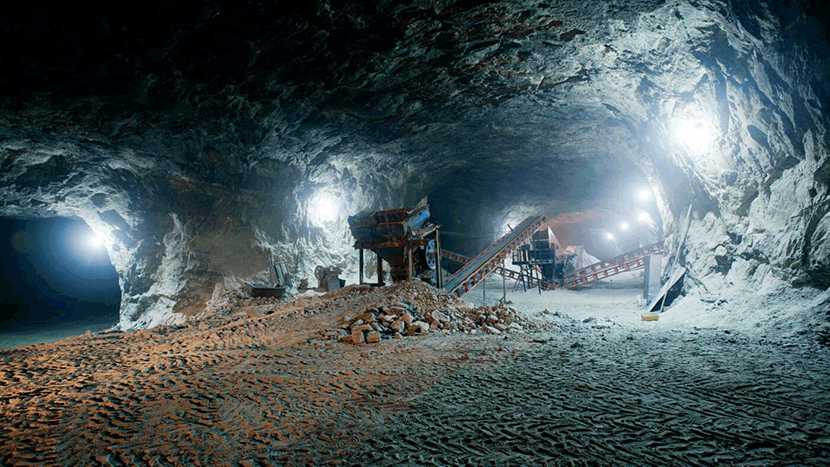JV Article: Ericsson’s NexGen SIMS EU project brings 5G collaboration to Europe’s biggest underground mines


A European Union (EU) backed NexGen SIMS project with a global sustainability focus is making strides in communications networks in some of Europe’s biggest underground mines.
Funded by the EU’s Horizon 2020 research and innovation program, the $16 million next-generation carbon-neutral pilots for Smart Intelligent Mining Systems project is being coordinated by mining and infrastructure equipment manufacturer Epiroc, in cooperation with Ericsson, K+S, Boliden, Agnico Eagle, OZ Minerals, KGHM Polska, AFRY, LTU Business, Mobilaris, RWTHAACHEN University, and Luleå University of Technology.
Kicked off in May 2021, the three year project is helping mining companies automate and digitalize their operations for improved efficiency and sustainability as an enabler for the global green energy transition.
The project envisions more sustainable and efficient production of raw material with minimized environmental impact for economic growth. NexGen SIMS can support the next production paradigm shift in the global mining industry through deployment in North American markets.
The Canadian government has awarded C$364 million to fund digitalization of operations to reduce carbon emissions as it aims to become a leader in the greener production of critical minerals. Canadian Natural Resources recognizes this and is already deploying enterprise cellular networks.
NexGen SIMS focus areas include improved production efficiency; lowered energy consumption; reduced environmental impact and improved worker safety.
Now in year three, the collaboration has led to the development of a robust and reliable cellular-based communication concept for the mining industry.
The Smart Intelligent Mining Systems project’s eight demonstration sites in Europe include Agnico Eagle’s Kittilä mine in northern Finland, the largest primary gold producer in Europe, KGHM’s copper mines in Poland: Lubin, the oldest mine in the Polish copper belt, and Rudna, one of the largest deep copper ore mines in the world.
Tests of the latest products for industrial private networks are also being performed at Boliden’s Kankberg and Kristineberg gold-copper mines in Sweden, at LTU Luleå facilities, Epirocs’ Kvarntorp test mine and K+S-operated Werra room-and-pillar potash plant in Germany.
In NexGen SIMS, Ericsson is taking the next step in the mining collaboration journey, using its Private 5G solution for the pilot demonstrations of autonomous loading and hauling.
Ericsson Private 5G networks solutions are providing improved versatile on-site connectivity infrastructure and supporting battery powered machines, autonomous material handling, and cross-machine fleet control on these sites.
Next level communication for the mining industry
With networks all over the world, Ericsson’s research and demonstrations have reached the next level with NexGen SIMS through discoveries and advancements for the mining industry.

“We have deployed the Ericsson Private 5G network (EP5G) first at Epiroc’s Kvarntorp test mine, where they are evaluating 3GPP communication devices for mining machines,” says Anders Nordenson, Ericsson’s project manager for NexGen SIMS.
“In Germany, we tested and demonstrated ease of installation of our new EP5G product and performed exhaustive tests of support for sensors and long-range communication,” says Nordenson.
Nordenson says the team is investigating how deep within underground tunnels devices can reach Ericsson networks, and are testing 4G and 5G throughput, signal strength and behavior.
“The goal of the project will be realized in different pilot demonstrations, and we are entering into that phase where we will start these demos.”
This fall, the team will start demonstrating autonomous bucket loading, hauling, and dumping for operations at Kittilä mine in Finland.
“Mines are a bit of unknown territory when it comes to radio propagation, but we are very good at deploying macro networks all over the world – we have special tools for planning radio networks,” Nordenson notes.
“Private network connectivity for autonomous vehicles can significantly improve efficiency through increased scheduling of optimized routes, reduce emissions and enhance safety.”
The communication infrastructure is one of the critical pillars needed for digitalized mining, where autonomous machines and traffic management can reduce emissions and energy consumption by enhancing the working schedule of the machines, reducing idle times and even the number of machines needed.
Improved communications networks also further enable more advanced sensor networks, enabling the optimization of ventilation, which can greatly reduce energy consumption in underground mines, notes Tomas Jönsson, Ericsson’s research and development lead for radio performance.
“A big part of the energy spending for a mine is ventilation even to the extent that it's a significant part of the overall whole country's energy spend,” says Jönsson. “And that means that even small savings for a mine is big savings in energy.”
“The backbone of digitalizing a mining site is to have good communication,” says Jönsson. “Companies clearly see that in the long run, they need a very stable backbone in communication, and they need to start working with 3GPP telecom communication, which hasn’t been available for industries due to the business models. But with the digitalization of industries, a journey for us is to supply products in a scalable and affordable way for industry sites.”
“Miners very clearly know the value of reliable infrastructure and they know very well how to put the price on reliability and efficiency,” he says.
“Mining companies that are leading in efficiency like Boliden, need to be investing in something that will hold for the continuation of the digitization process because if they are not on top in efficiency, they will be out of business because those low fractions on metals and minerals won't be profitable.”
Jönsson says that with increased communications network efficiency, underground mines will be able to target deposits that are not profitable today – but could be in the future with this technology investment.
The preceding Joint Venture Article is PROMOTED CONTENT sponsored by Ericsson and produced in co-operation with Mining.com. Visit www.ericsson.com for more information.
Comments